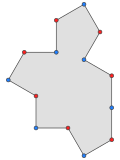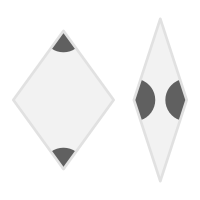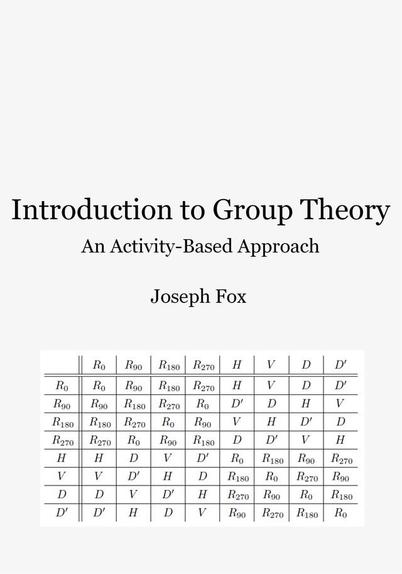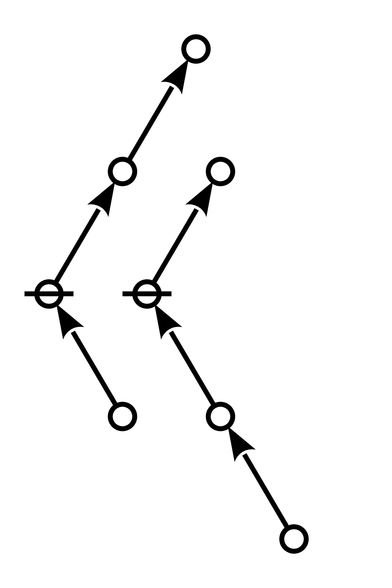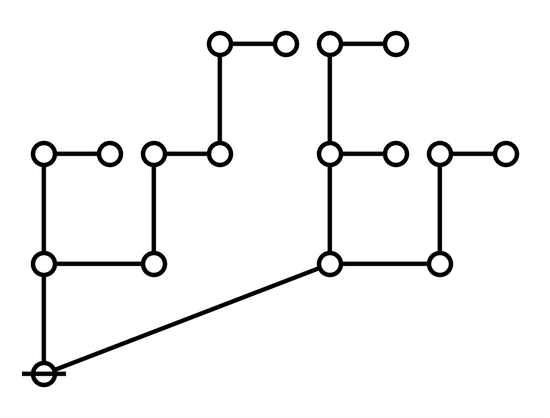Share via
existence of a single prototile that by itself forms an aperiodic set of prototiles; that is, a shape that can tessellate space but only in a nonperiodic way.
einstein problem can be seen as a natural extension of the second part of Hilbert's eighteenth problem, which asks for a single polyhedron that tiles Euclidean 3-space, but such that no tessellation by this polyhedron is isohedral.[3] Such anisohedral tiles were found by Karl Reinhardt in 1928, but these anisohedral tiles all tile space periodically.
Partition of a plane in closed set - tile
2022, hobbyist David Smith discovered a "hat"-shaped tile formed from eight copies of a 60°–90°–120°–90° kite (deltoidal trihexagonals), glued edge-to-edge, which seemed to only tile the plane aperiodically.[8] Smith recruited help from mathematicians Craig S. Kaplan, Joseph Samuel Myers, and Chaim Goodman-Strauss, and in March 2023 the group posted a preprint proving that the hat, when considered with its mirror image, forms an aperiodic prototile set.[
Wiki
#grouptheory

